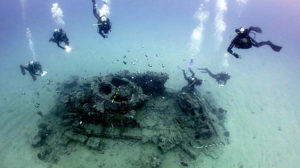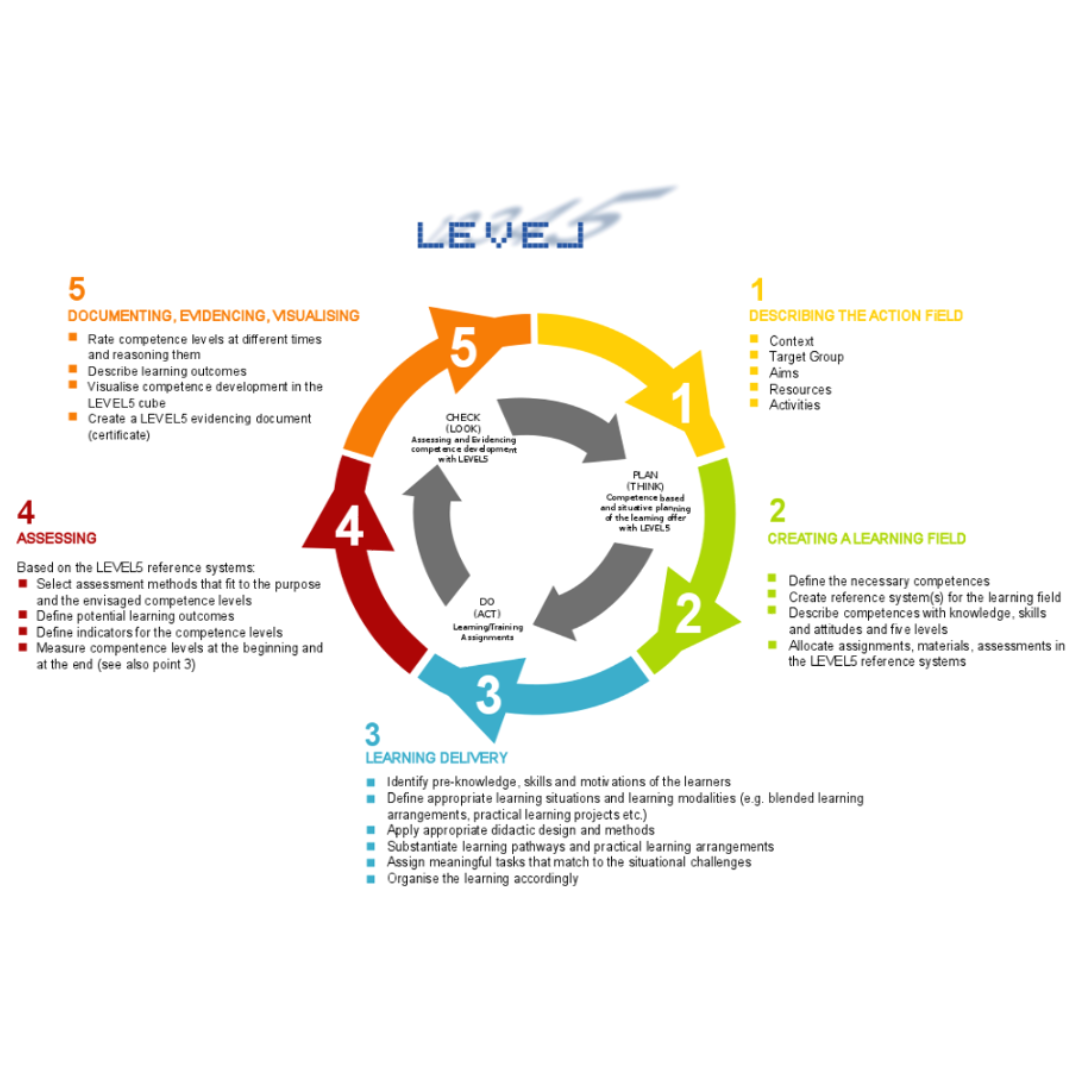Description
The aim of this course is to provide the basic knowledge and the skills to those divers and researchers willing to participate in the preparation and the carrying out of underwater survey campaigns.
Specific objectives of the course are:
- the development of knowledge and skills for the use of maps and diagrams in underwater researches and
- the introduction in the procedures of planning and organizing an underwater survey campaign.
Tentative Program & Schedule
The course is organized in 4 MODULES listed below. Each module includes theoretical lessons and diving and safety practice.
Module 1: General Diving Skills: how to fill scuba cylinders, including appropriate safety procedures; requirements on safe handling, storage and transportation of scuba cylinders; requirements for recurring cylinder testing; testing breathing gas quality; different types of scuba equipment configurations used in scientific diving operations and recognize the key features of each; basics of equipment maintenance. Risk-assessment: identifying site and task specific hazards; undertaking site and task-specific risk assessment; select appropriate measures to mitigate and/or control the risk
Module 2: Diving Safety: recognition of and response to emergency situations; effective emergency surface actions; casualty recovery from the water; communication with emergency services; documentation of the incident. First aid: training in first-aid and basic life support (BLSD) (e.g. cardiopulmonary resuscitation (CPR) and automated external defibrillation (AED)). Emergency oxygen administration: theoretical instruction of the medical principles involved and practical tuition on the use of an emergency oxygen unit.
Module 3: General Scientific Diving Techniques: ethics of science; sustainable practices in scientific diving in accordance with e.g. Nagoya-protocol, EN ISO 21416 & 21417; underwater tasks conducted by scientific divers; core roles involved in the administration of an organizations scientific Diving Safety Program. Methods: marking and measuring; line intercept transects; underwater photo and video camera use; airlifts and lift bags; mapping, sketching, drafting a map; visual and video census; quadrat/planning frame; offset measurements; sampling methods and devices; establishing a grid; measuring and characterization of abiotic variables; site marking and assessment; experimental design; collection, processing and evaluation and archiving data; creating a site report; aquatic life identification and biomonitoring, different cartography methods. Review of basic navigation skills: line work (knots, reels and spools), line survey, establishing transects and baselines, monitoring.
Module 4: Underwater Survey Techniques: Survey methods for accurate model scaling, photography and videography fundamentals, image editing and color correction for underwater images, photogrammetric survey planning, underwater photogrammetry techniques, photogrammetry pipeline, post-processing techniques for 3D models, 3D models analysis and measurements, 3D documentation and mapping, fundamentals of acoustic surveys, optoacoustic reconstructions, and data-merging.
Expected Outcome
Upon completion of the course, participants will:
- familiarize with the particular skills, procedures and techniques applicable to an underwater survey project,
- be able to understand and recognize of potential problems and risks associated with underwater surveying and
- be able to cooperate with the team members of an underwater survey
Certification
Evaluation of participants will be carried out in the following way:
- By the end of the first section follows an overall written assessment (examination).
- The assessment of participants during the second section will be conducted in confined water (as a “mini-dive”), by adopting a scenario for an underwater survey and in order to evaluate their mastery in developed skills.
- During the last section assessment of participants will be completed after the submission of a fieldwork report of the performed underwater survey and the review of a technical paper for the presentation of their results.
Upon successful completion of the course, participants will be awarded a Certificate of Completion and the following certifications:
- DAN BLSD;
- DAN Oxygen Provider;
- DAN Advanced Oxygen Provider;
- PADI Digital Underwater Photographer Level 1;
- PADI Underwater Survey Diver;
- DAN.UNICAL Photogrammetry Diver.
Participants, who have attended but not completed successfully, will be awarded a Certificate of Attendance.
Venue address
Etnikis Aminis Avenue
AUTH Central CAMPUS
54621 Thessaloniki
Greece
How to Apply
For further information, please contact the ScienceDIVER project coordinator at sciencediver@auth.gr.
- Applicants should be students or graduate in a relevant field, e.g. biology, geology, archaeology, engineering.
- The Second Level Scuba Diving Certification (30m depth) is requested to apply.
- A recent medical certificate specific to scuba diving has to be presented at least one week before the course starts. Scuba diving requires a minimum level of health and fitness.
- Each participant should have personal diving equipment consisting of:
- Fins, mask and snorkel
- Compressed gas cylinder and valve
- Buoyancy control device (BCD) with tank mount or separate backpack, and low-pressure inflator
- Primary regulator and alternate air source
- Breathing gas monitoring device (e.g., submersible pressure gauge)
- Depth monitoring device
- Weight system and weights (if necessary for neutral buoyancy, or if required for skills practice)
- Adequate exposure protection appropriate for local dive conditions.
- At least one audible emergency surface signaling device (whistle, air horn, etc.).
- Dive Planning tables and timing device (e.g., bottom timer), or dive computer
- Dive knife or cutting tool
- Compass
Minimum Number Of Participants
20
Course Website
https://kedivim.auth.gr/en/programs/introduction-to-applied-methods-and-procedures-for-underwater-surveying-en/
ARISTOTLE UNIVERSITY OF THESSALONIKI
Address
Aristotle University of Thessaloniki University Campus 54124 Thessaloniki Greece
Website URL
https://www.auth.gr/en/university/
Contact persons
Prof. George K. Zarifis (Faculty of Philosophy)
gzarifis@edlit.auth.gr
gkzarifis@yahoo.com






